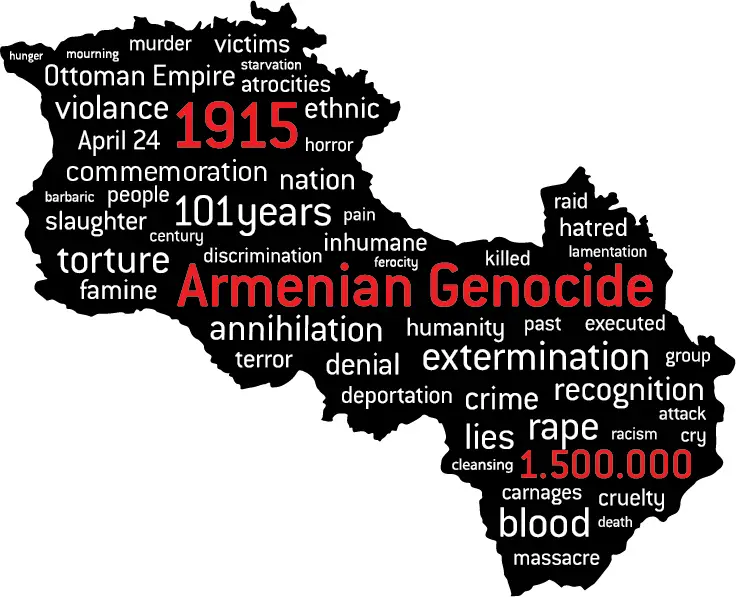Genocide

Table of Contents
What is Genocide?
Genocide refers to the deliberate and systematic extermination of a particular ethnic, racial, religious, or national group. It involves the intent to destroy, in whole or in part, the targeted group, which may include killing members of the group, causing serious bodily or mental harm, inflicting conditions intended to bring about its physical destruction, imposing measures to prevent births, or forcibly transferring children of the group to another group.
Genocide is recognized as one of the most severe violations of human rights and is considered a crime under international law. Notable examples include the Holocaust during World War II, the Rwandan genocide in 1994, and the genocide against the Yazidis by ISIS in Iraq in the 2010s.
History of Genocide
Genocide refers to the deliberate and systematic extermination of a national, ethnic, racial, or religious group, with the intent to destroy the group in whole or in part.
The term “genocide” was coined by Raphael Lemkin in 1944, drawing upon the Greek words “genos” (race or tribe) and “cide” (killing).
The United Nations Genocide Convention, adopted in 1948, defines genocide as acts committed with the intent to destroy, in whole or in part, a national, ethnic, racial, or religious group, including killing members of the group, causing serious bodily or mental harm to members of the group, and deliberately inflicting conditions of life calculated to bring about the group’s physical destruction.
The Holocaust, perpetrated by Nazi Germany during World War II, is one of the most well-known examples of genocide, resulting in the systematic murder of six million Jews, along with millions of others, including Romani people, disabled individuals, and political dissidents.
Other notable examples of genocide include the Armenian Genocide, carried out by the Ottoman Empire during World War I, which resulted in the deaths of an estimated 1.5 million Armenians, as well as the Rwandan Genocide in 1994, during which approximately 800,000 Tutsis and moderate Hutus were killed by Hutu extremists in 100 days.
Genocide often involves various forms of violence and atrocities, including mass killings, forced displacement, sexual violence, torture, and systematic destruction of cultural heritage.
Genocide is considered one of the most heinous crimes under international law and is condemned by the international community. Perpetrators of genocide can be held accountable through international criminal tribunals, such as the International Criminal Court (ICC), ad hoc tribunals like the International Criminal Tribunal for Rwanda (ICTR), or national courts.
Preventing genocide and mass atrocities is a key goal of the United Nations and the international community, with efforts focused on early warning, conflict prevention, peacebuilding, and protection of vulnerable populations.
Despite international legal frameworks and preventive measures, genocide and mass atrocities continue to occur in various parts of the world, often fueled by factors such as ethnic tensions, political instability, and impunity for perpetrators.
Remembering and commemorating the victims of genocide is an important aspect of confronting and preventing future atrocities, as it fosters awareness, remembrance, and collective action to uphold human rights and prevent such crimes from happening again.
Related Links
Holocaust
Korean War
Trail of Tears
World War II